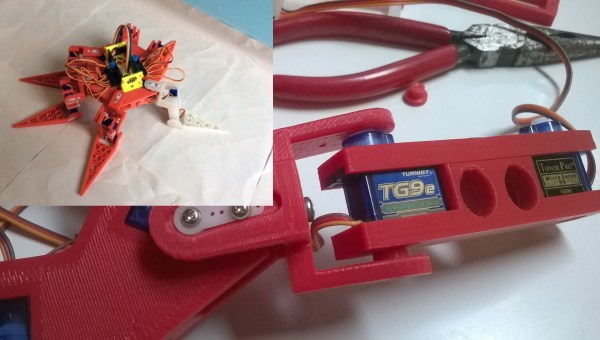Hackaday is hosting the greatest hardware competition on Earth, and we’re giving away thousands of dollars to hardware creators to build the next generation of electronics. This is the Hackaday Prize, and already we’ve selected dozens of projects, one of which will win $50,000 USD.
Like last year, this year’s Hackaday Prize is very special. We’re supporting entrepreneurs building the Next Big Thing. This is the Best Product competition of The Hackaday Prize, and these are the products that will shake up an industry.
Now, it’s finally time to pick the finalists. These twenty projects will move onto the final round of the Best Product competition for a chance to win $30,000 USD, and an opportunity to work in the Supplyframe Design Lab, perfecting their prototype and turning it into a product.
The Hackaday Prize Best Product finalists are, in no particular order:
- PewPew FeatherWing
- 4G LTE Repeater / Booster / Femtocell
- InspectorBot
- Orthrus
- City Air Quality
- Smart Composting System
- EMME
- Tipo: Braille Smartphone Keypad
- n3m0: The Autonomous Boat
- Fochica – Forgotten Child in Car Alert
- MeshPoint – wifi router for humanitarian crisis
- Device for Seismic Noise Analysis
- HeartyPatch
- Bracelet for the blind
- BeagleLogic Standalone
- rDUINOScope Boiana
- Connected Health
- Open Source IOT Platform
- ZBeam – Shape Shifting Structures For Space
- ZeroPhone – a Raspberry Pi smartphone
Continue reading “These Are The Twenty Finalists For The Hackaday Prize Best Product”





















